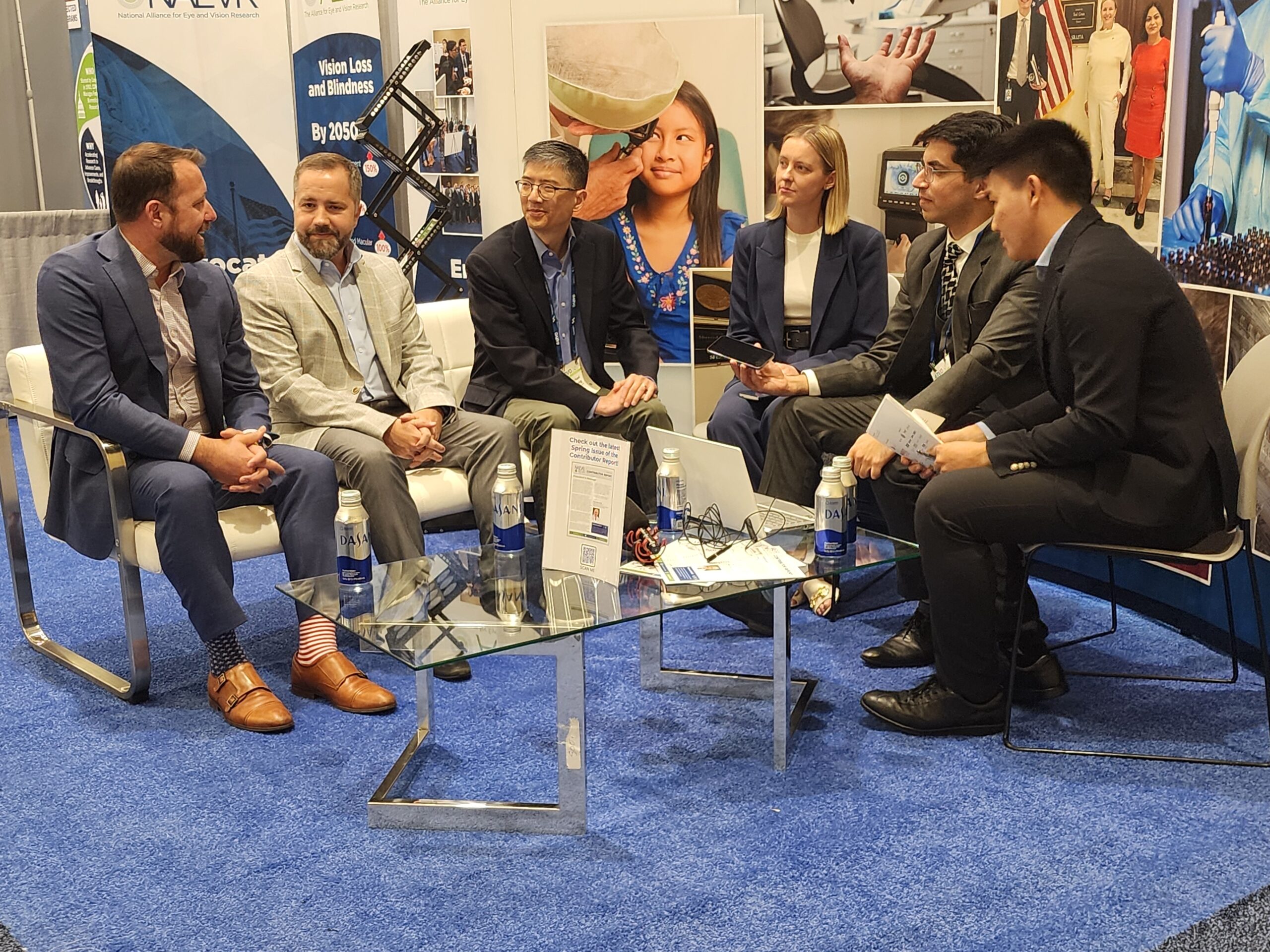
Welcome to our source for updates on vision research policy developments, and our detailed advocacy efforts. Here, we highlight the critical role of federally funded vision research, the latest legislative actions affecting eye health, and how you can help protect and advance scientific discoveries that improve lives.
Stay informed, get involved, and join us in advocating for the future of vision research.
Defending Vision Science: Our National Advocacy in Action
Mobilizing to Protect NEI, Research Funding, and the Future of Sight
Since January, we have led an aggressive, coordinated advocacy response to an unprecedented series of threats to vision science. From proposed NIH budget cuts and institute consolidation to caps on indirect funding and dismantling of peer review protections.
What began as a challenging fiscal environment has now escalated into an existential crisis for the NEI, biomedical researchers, and patients nationwide.
Organizational Sign-on Letters:
Statements issued:
Partner Support, Engagement, and Presentations:
Lobbying Efforts
NAEVR 2025 Grassroots Engagement Letters:
Grasstops Efforts
NAEVR is working with offices on elevating vision as a national priority, and is working with members who have reached out on behalf of vision research grants that have been canceled. We are also continuing our efforts to meet with Congressional leaders on the appropriations committees with voters from their states and districts.
Public Engagement:
Legislative/Appropriations Updates: